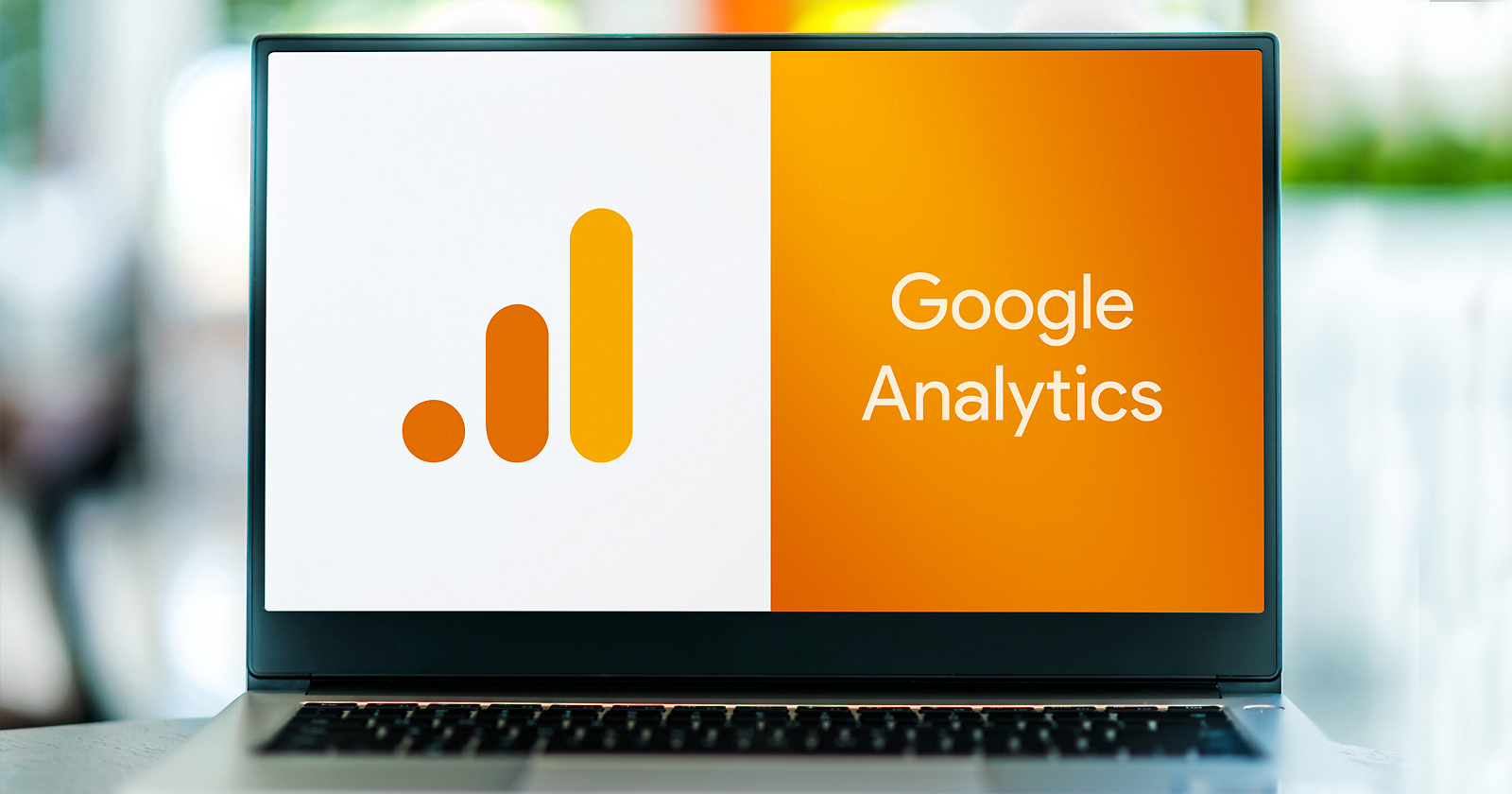Google Analytics Standards: What Data Does Google Analytics Prohibit Collecting?
Google Analytics Standards: What Data Does Google Analytics Prohibit Collecting?
Blog Article
Understanding the Art of Overcoming Information Collection Limitations in Google Analytics for Better Decision-Making
In the realm of digital analytics, the ability to remove significant insights from information is extremely important for informed decision-making. By using calculated strategies and innovative techniques, companies can elevate their information quality, unlock hidden insights, and pave the way for more enlightened and reliable choices.
Data Top Quality Assessment
Examining the high quality of data within Google Analytics is a crucial action in guaranteeing the reliability and precision of understandings stemmed from the collected details. Information top quality evaluation involves reviewing various elements such as accuracy, efficiency, consistency, and timeliness of the information. One key facet to take into consideration is data precision, which describes exactly how well the data reflects truth values of the metrics being gauged. Inaccurate information can result in faulty final thoughts and illinformed business choices.
Completeness of information is one more crucial aspect in assessing information top quality. It includes making sure that all essential data points are accumulated which there are no spaces in the info. Insufficient data can alter evaluation results and hinder the capacity to obtain a detailed sight of user behavior or web site performance. Uniformity checks are also crucial in data quality analysis to recognize any type of discrepancies or anomalies within the information set. Timeliness is similarly important, as out-of-date information might no more matter for decision-making processes. By prioritizing data quality assessment in Google Analytics, businesses can enhance the reliability of their analytics records and make even more enlightened choices based on exact insights.
Advanced Monitoring Strategies
Using advanced tracking techniques in Google Analytics can considerably boost the deepness and granularity of information collected for even more detailed evaluation and understandings. One such strategy is occasion tracking, which enables for the surveillance of specific interactions on a website, like clicks on buttons, downloads of files, or video clip sights. By applying occasion monitoring, services can obtain a deeper understanding of user behavior and engagement with their online web content.
Furthermore, customized measurements and metrics offer a way to customize Google Analytics to certain service requirements. Personalized dimensions enable the production of new information factors, such as customer duties or consumer sections, while custom-made metrics allow the monitoring of special performance indications, like income per user or average order worth.
Additionally, the application of Google Tag Supervisor can enhance the execution of monitoring codes and tags across a site, making it much easier to handle and deploy innovative tracking configurations. By taking advantage of these innovative monitoring methods, organizations can open beneficial understandings and maximize their on the internet strategies for better decision-making.
Custom-made Dimension Implementation
To boost the deepness of data collected in Google Analytics past innovative monitoring strategies like occasion monitoring, organizations can apply customized dimensions for more tailored understandings. Customized dimensions allow services to specify and collect details information factors that are pertinent to their one-of-a-kind objectives and goals (What Data Does Google Analytics Prohibit Collecting?). By appointing custom measurements to various elements on a site, such as individual interactions, demographics, or session information, companies can acquire an extra granular understanding of how individuals engage with their on-line buildings

Acknowledgment Modeling Strategies
Efficient acknowledgment modeling is critical for recognizing the effect of various advertising networks on conversion courses. By employing the right attribution version, services can accurately attribute conversions to look at this now the suitable touchpoints along the client trip. One usual attribution version is the Last Interaction design, which gives debt for a conversion to the last touchpoint a user interacted with before transforming. While this version is easy and very easy to apply, it commonly oversimplifies the client trip, overlooking the impact of various other touchpoints that added to the conversion.

Data Testing Evasion
When dealing with big quantities of data in Google Analytics, conquering information tasting is necessary to guarantee accurate understandings are derived for educated decision-making. Data tasting happens when Google Analytics approximates patterns in data instead than assessing the total dataset, potentially leading to skewed outcomes. By taking these proactive actions to reduce data tasting, services can remove a lot more accurate insights from Google Analytics, leading to better decision-making and improved overall efficiency.
Verdict
In verdict, understanding the art of conquering information collection limitations in Google Analytics is vital for making educated decisions. By carrying out an extensive data high quality analysis, implementing advanced tracking techniques, utilizing customized dimensions, utilizing acknowledgment modeling approaches, and preventing data tasting, organizations can make certain that they have reliable and accurate information to base their choices on. This will inevitably bring about more effective techniques and better results for the organization.

Report this page